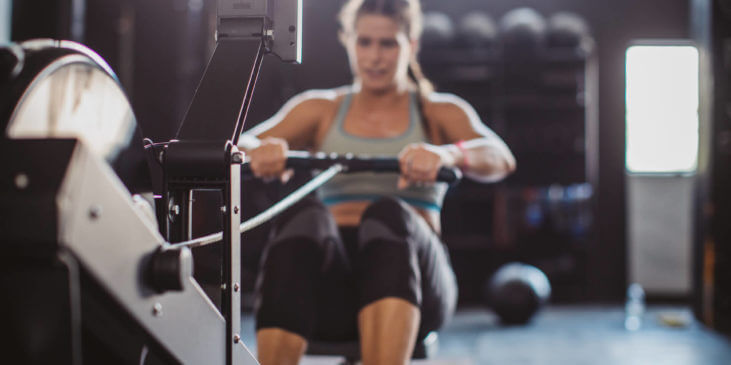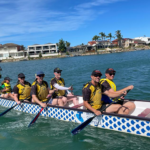
What is adaptive rowing and how does it work?
Indoor rowing, otherwise known as adaptive rowing is a sport of endurance, power and speed with a rowing machine used to simulate the action of traditional on-water rowing.
The history of adaptive rowing can be traced back to Philadelphia in the United States, when veterans blinded in World War II competed in an Army-versus-Navy race. Following on from this, efforts were made to continue rowing programs for athletes with disabilities. Still in Philadelphia, the first rowing club solely for individuals with disabilities was created in 1980. Adaptive rowing became even more popular after the International Paralympic Committee voted to include adaptive rowing in the 2008 Beijing Paralympic Games.
An indoor rowing machine can be modified to help meet the needs of adaptive athletes, making the sport much more accessible to individuals with a diverse range of abilities. It’s a genuinely inclusive sport, with competitions offering separate adaptive categories.
For example, during the 2018 Invictus Games, indoor rowing was raced across six categories, ranging from:
IR1 – participants are unable to use their legs, with additional limitations in one or both arms. Participants use a static seat and a single or double handgrip;
through to:
IR6 – the open category, which is for participants with mental health conditions; minor or non- permanent physical injuries; chronic health conditions; hearing impairments and other mild impairments.
What does it look like in action? Take a look at this video from the 2018 Invictus Games. And based on the spectator’s reaction, it’s not just the competitor’s who were enjoying the event!




